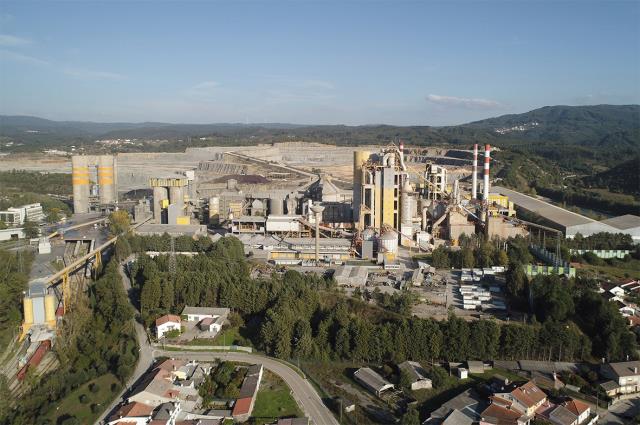Oyak group is investing in technology to mitigate the carbon footprint of its cement plants through its Cimpor subsidiary, which is equipping Souselas and Alhandra in Portugal with new waste heat recovery systems (WHRS).
Cimpor has set the goal of reducing direct CO2 emissions by 37 per cent by 2030. The measure, which is part of the Oyak and its controlled long-term environmental strategy, is part of the energy transition plan to a carbon neutral economy, which is expected to take place in the middle of this century. Cimpor is now committed to investing EUR100m in the modernisation of industrial assets and in research and development projects by 2030.
Cimpor has signed an EPC contract with CTP Team Italy, who has engineered a customised solution which consists of two WHRS, one for each plant. In both cases, organic Rankine cycle (ORC) technology has been chosen to convert the waste thermal energy into electrical power due to its the technical validity, the balance of capex, and operation and maintenance activities. The projects will enable Cimpor to pursue its environmental goals.
For Souselas the WHRS proposed will recover heat from the preheater (PH) hot gasses and the clinker cooler exhaust air (AQC) of Kiln Line 3. With an expected thermal power of 33MWht for both the heat recovery boilers, CTP expects a power production of 8MWhe. The first kW generation is scheduled for end of year 2023.
For Alhandra the WHRS is designed to recover waste heat from Kiln Line 7 with 3000tpd of clinker production capacity and the configuration consists of two heat recovery boilers on the clinker cooler air (AQC) and preheater gas (PH) with a combined expected thermal power of 20MWht. The WHR power production is 4MWhe. The first kW generation is scheduled for June 2024.
In terms of sustainable operations, the new WHRSs alone will reduce the carbon footprint of cement plants by a total of 24,000tpa of secondary CO2 emissions. In addition, the WHRS provided by CTP are totally water free, will bring considerable savings in the water sprayed in the existing GCT and energy consumptions of the heat exchanger cooler side.

CTP Team will supply a WHRS unit to Cimpor's Souselas plant above and to the Alhandra plant
